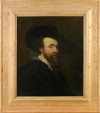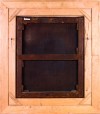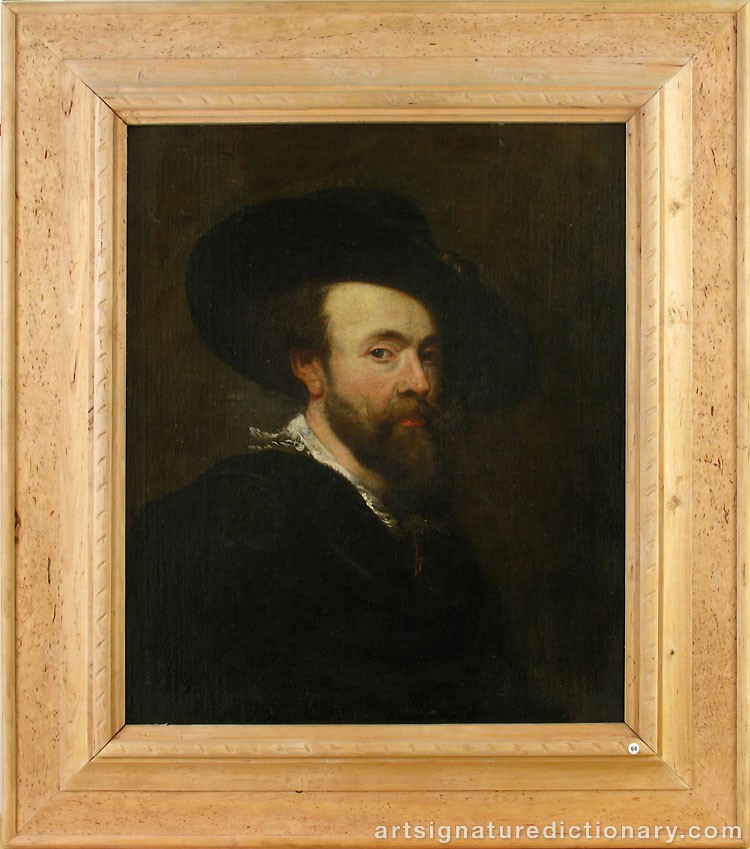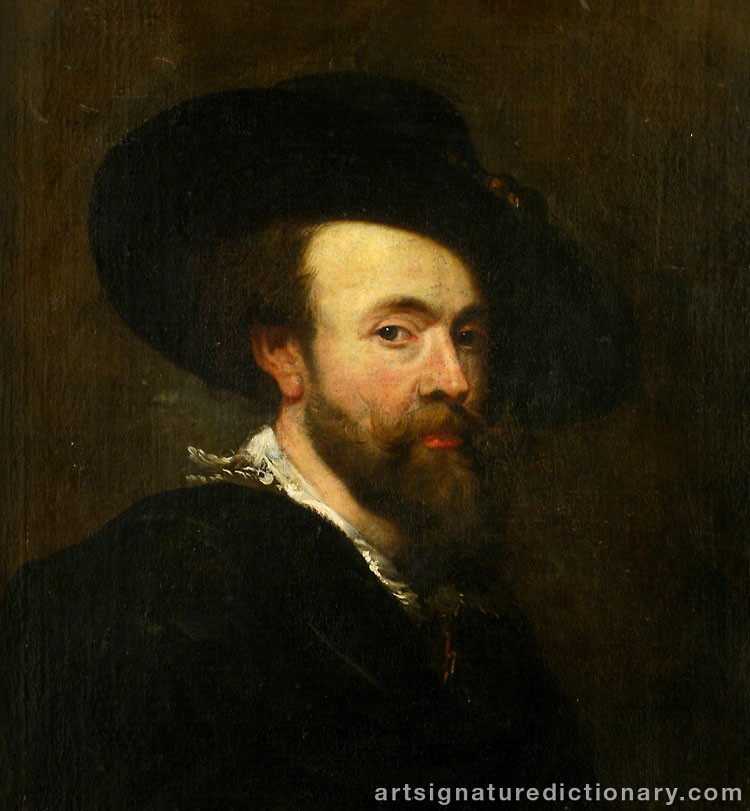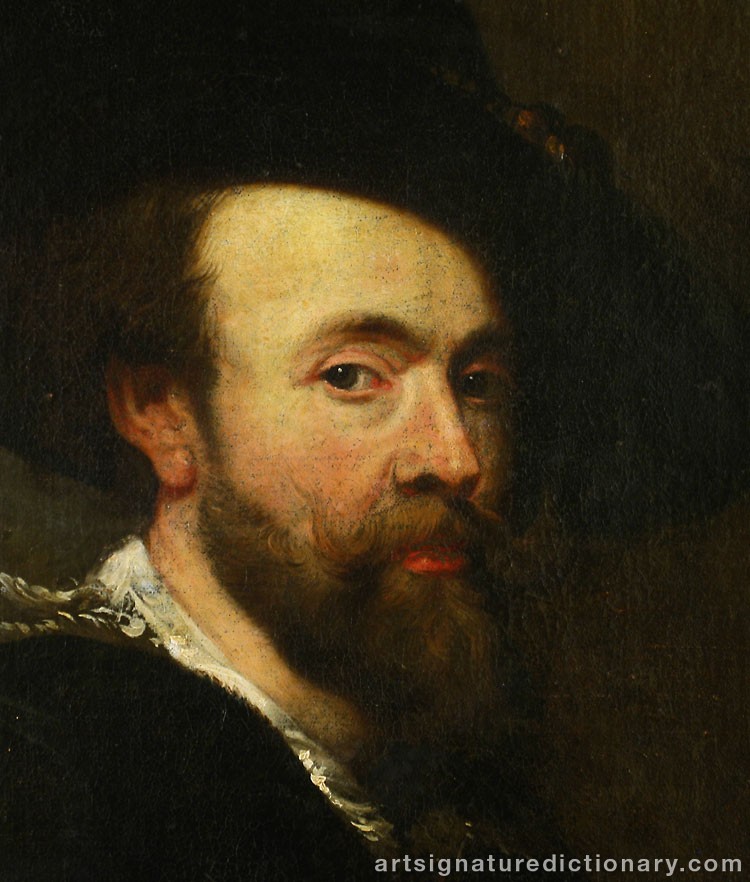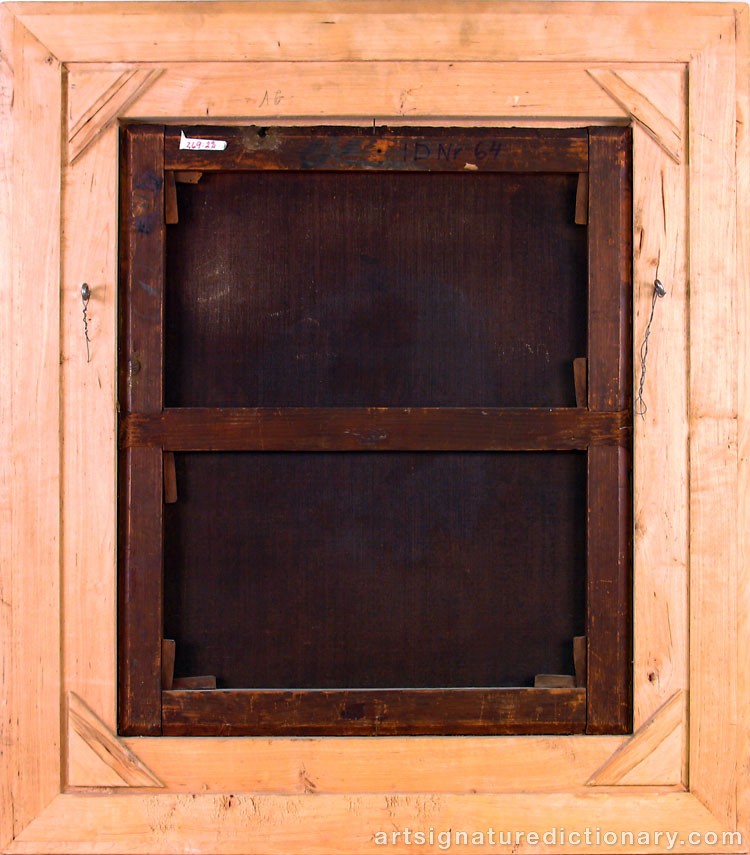
Peter Paul RUBENS
1577–1640, Germany/Belgium

Signature proven counterfeit
Oil on canvas, 68x56 cm, signed Paul Rubens. Above the painting is a very thick varnish, and there are lots of retouching done on the painting. The signature is on top of thick layers of varnish. It is therefore impossible to say if signing is done at the painting's creation, or later. The canvas is very old and indicates the early 1700s or late 1600s. It is a very fine portrait, and it can not be excluded that it is painted by a pupil of Rubens. Reuben died 1640. If the painting is placed at the end of the 1600s may not be the work of Rubens and his workshop since it was dissolved when Rubens died. Rubens stopped to sign his paintings 1614. After that workshop stand for performance and quality. At this time, it is plain that his students had to paint copies of the masterpiece. In a statement from Rijksbureau konshistoriche voor Documentatie in The Hague, Netherlands, led on the painting that is apparently a copy of a self-portrait by Rubens. Two authentic self-portrait like this exist. One of Florence in Uffiszi, the second in the Royal Collection at Windsor Castle. The portrait above is similar to the portrait in Windsor. The District Court's assessment: Given the data on the earliest date for the painting's creation and that Rubens is not signed his works after 1614 the district court finds that the painting is not a work of Rubens or signed by him. The painting appears to be a copy of his work, signed by unknown. The painting is a forgery.

Signature considered genuine
